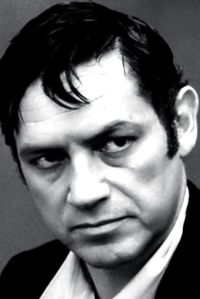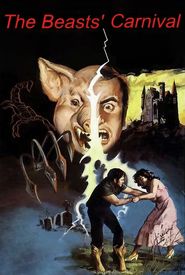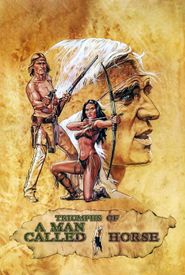Lautaro Murúa, a multifaceted artistic genius, hailing from Chile but with Argentine roots, entered this world on December 29, 1926, in the charming city of Tacna, Chile. As the years went by, Murúa's innate wanderlust led him to make the bold decision to relocate to Argentina at the dawn of the 1950s.
It was during his time in Argentina that Murúa pursued his passion for the arts, enrolling in programs focused on architecture and fine arts. This foundation in the arts would eventually serve as the springboard for his illustrious career in the film industry, a journey that would see him wear many hats, including that of actor, film director, and screenwriter.
Noted thespian Murúa embarked on a prolific acting career, subsequently appearing in an astonishing 80-plus cinematic productions spanning from 1949 until his passing in 1995. Concomitantly, he demonstrated a versatility that extended beyond mere acting, as he also ventured into the realm of direction, helming a select yet significant number of films that garnered recognition, including the critically acclaimed titles Shunko, Alias Gardelito, and La Raulito, which frequently delved into thought-provoking social themes.
Noted Argentine actor, Murúa, played a pivotal and influential role in the revitalization of the film industry during the 1960s, teaming up with an impressive array of esteemed directors, including the illustrious Leopoldo Torre Nilsson, Rodolfo Kuhn, Manuel Antín, and David José Kohon, on numerous occasions.
In the subsequent paragraphs, we will delve deeper into the life and career of this remarkable individual, exploring his numerous collaborations with these renowned directors and the impact his work had on the Argentine film industry during the 1960s.
Murúa's professional trajectory was marked by a series of critically acclaimed performances, showcasing his impressive range as an actor and his ability to adapt to diverse roles. His collaborations with these prominent directors not only further solidified his position within the industry but also allowed him to hone his craft, experimenting with different techniques and styles.
Throughout his career, Murúa worked on a wide range of projects, from dramas to comedies, and his versatility as an actor earned him widespread recognition and respect within the Argentine film community. His work during the 1960s, in particular, played a significant role in the revival of the industry, as he consistently delivered high-quality performances that captivated audiences and left a lasting impact on the industry.
In the following paragraphs, we will explore the various projects Murúa worked on during the 1960s, highlighting his collaborations with Leopoldo Torre Nilsson, Rodolfo Kuhn, Manuel Antín, and David José Kohon, and examining the ways in which his work contributed to the revitalization of the Argentine film industry during this pivotal decade.
The 1970s marked a significant turning point in the life of Murúa, as he made the crucial decision to relocate to Spain, a move precipitated by the complex interplay of political factors that were shaping the world around him. This pivotal event would set the stage for a period of several years during which he would immerse himself in the rich cultural heritage of Spain, absorbing the sights, sounds, and flavors of the country that would ultimately become his new home.
Despite the many wonders that Spain had to offer, Murúa's heart remained deeply rooted in his native Argentina, and it was not long before he felt the urge to return to the land of his birth, there to rekindle his passion for the film industry that had always been such a vital part of his life.
However, fate had other plans, and Murúa's health began to decline, a development that would ultimately prove to be a harbinger of the inevitable. On December 3, 1995, Murúa's life came to a close, his passing a poignant reminder of the transience of human existence and the indelible mark that he had left on the world around him.



















